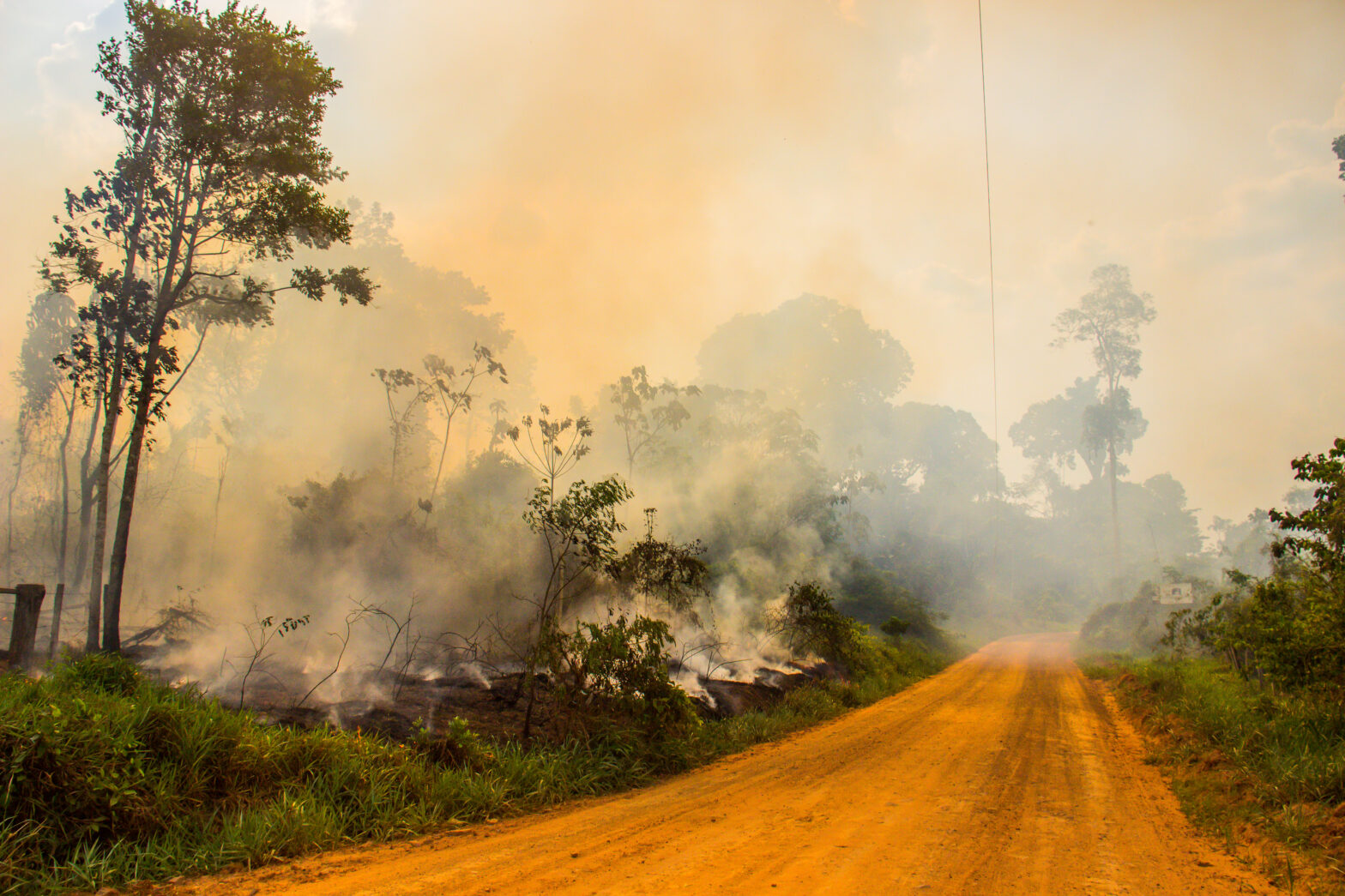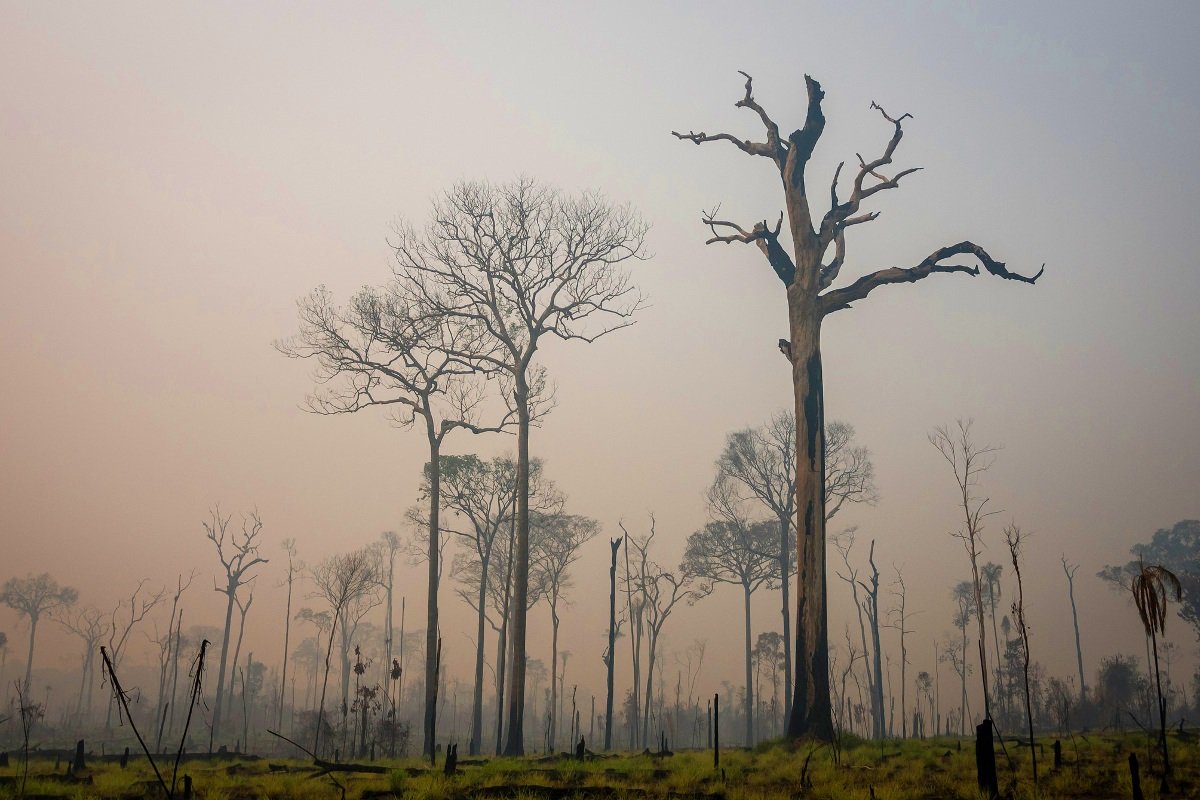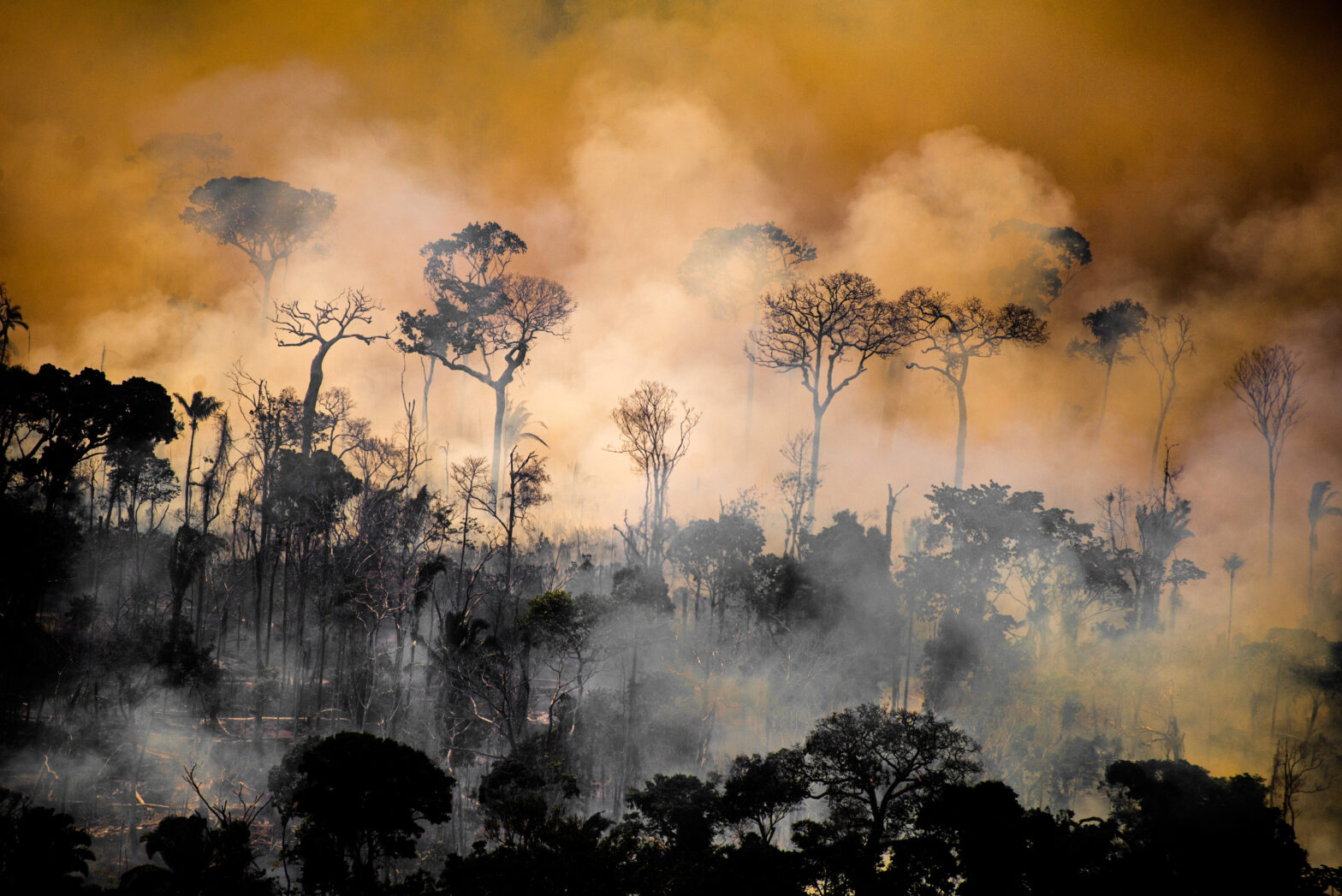On Thursday, October 27, there was a scent of smoke in the air. On the 28th, a bluish haze thickened, and by late afternoon it had turned gray and heavy. The reddish sunset left no doubt: We were enveloped in pure wildfire smoke.
Our eyes began to sting, our noses ran. Our clothes and hair were coated like an ashtray. The life of someone who wakes up and sleeps in smoke.
In Santarém last week, we were smoked out. In the midst of the happiness of seeing the Tapajós River still with some water, it was sad to feel the large amount of smoke in the air.
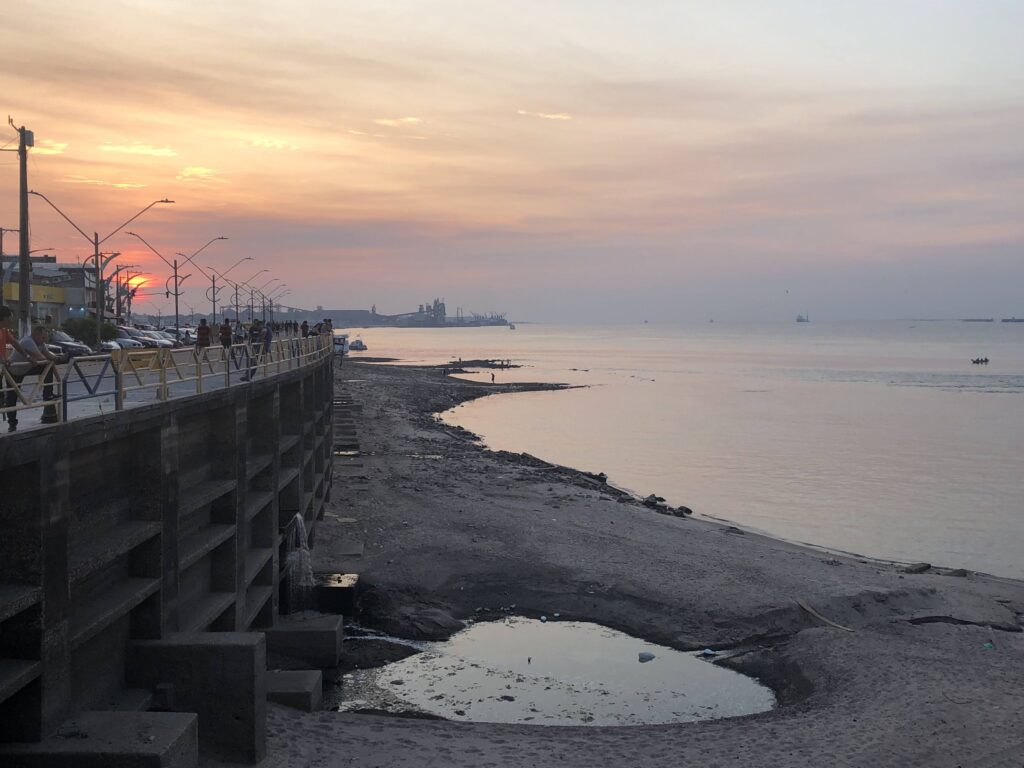
When I accessed INPE’s fire monitoring website, I realized the terrifying situation. The month of October 2023 recorded the highest number of fires in Pará since 2008, with 11,378 hotspots compared to the 11,568 recorded 15 years ago, the all-time record. In other words, the October fire season in Pará narrowly missed becoming the worst on record.
The month of October 2023 saw the highest number of fires in Pará since 2008, with 11,378 hotspots compared to the 11,568 recorded 15 years ago, which is still the all-time record. In other words, the October fire season in Pará narrowly missed becoming the worst ever.
These two years, 2008 and 2023, have in common the occurrence of El Niño, a cyclical phenomenon in which the waters of the Pacific warm up. When there is El Niño, the Amazon becomes drier. What makes this year worse is the advance of climate change. 2023 will probably be the hottest year in history, according to the World Meteorological Organization. This combination will increase the likelihood of extreme events.
This already seems to be a year of records. In September, as an InfoAmazonia report showed, it was the state of Amazonas that set a record for wildfires. This week, for the second time this year, the capital Manaus is suffocated by a huge cloud of smoke.
We knew that the drought was already at an advanced stage in the upper Solimões and Rio Negro rivers, but it has now clearly gained strength in the easternmost part of the Amazon. In the climate forecast for the next three months, INPE’s CPTEC indicates that it is precisely this central part of Pará where the greatest anomalies are expected, with rainfall well below normal.
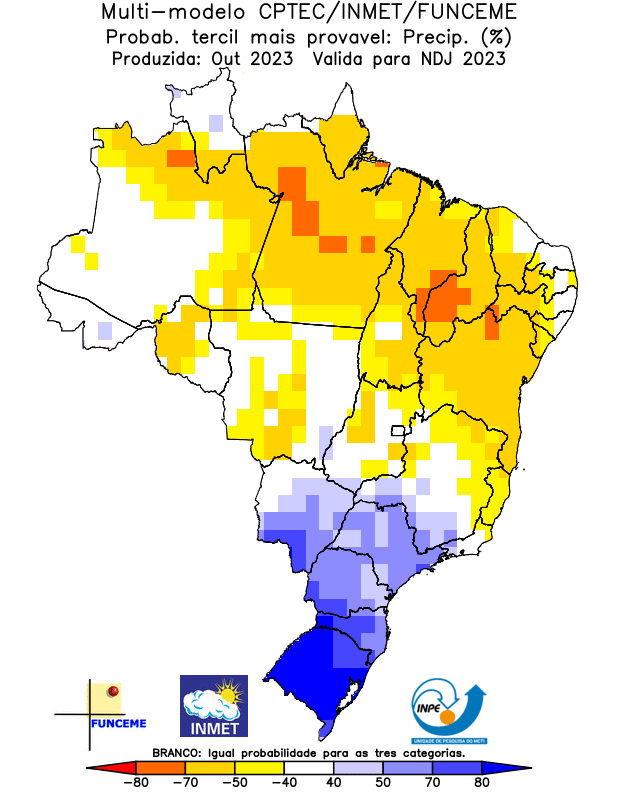
I bet that if asked about the high number of fires in the Amazon, the government officials on duty would say that it was a year of extreme drought and that they had been taken by surprise. It’s always like that, to get themselves off the hook. This was the model adopted by the then governor of São Paulo, Geraldo Alckmin, in 2016, when the water dried up in the Cantareira System, the main supply for the biggest metropolis in South America.
I’m curious, for example, to ask the governor of Pará, Helder Barbalho of the MDB party, about the fires and deforestation in his state. Helder, as we know, will be hosting the biggest environmental event in many years in Brazil, the United Nations Climate Change Conference, COP 30, in Belém.
This year, according to INPE, Pará is the state with the most hotspots in all of Brazil—20% of all fires in the country. El Niño and climate change have now become great allies to those who don’t want to see that we have a long-term problem that requires long-term solutions.
Researcher Erika Berenger, an expert on fire in the Amazon from Lancaster University, spoke with me after weeks of fieldwork in the Tapajós National Forest.
Erika has been doing research in the Tapajós forests for almost a decade. She notes that, compared to 2015, the fire (and consequently the smoke) originated this year from deforestation fires, rather than forest fires to clear pastures and gardens. The dense smoke that reached Santarém and other cities in Pará indicates a large amount of burnt biomass.
In the field, Erika and her collaborators are collecting data on the health of the forest after it has been burned. By measuring the number of trees affected by the fire and also the humidity of the forest undergrowth, they hope to understand the long-term damage.
It’s still too early to reach any conclusions. But she notes what many of her fellow scientists have been pointing out: Once burned, Amazon forests become more vulnerable, susceptible to new fires. They reveal a possible future where the Amazon is drier and more degraded.
After weeks in the forest, Erika had to go to the hospital with possible smoke poisoning. She had a headache and a fever. The doctor who attended her recommended rest and a series of medications. Nothing serious.
But the episode prompted the researcher to think about the costs of burning to public health. “Smoke is a problem generated by private interests, by those who profit from the fires, but we are the ones who pay, the people who need the public hospital,” she said.


